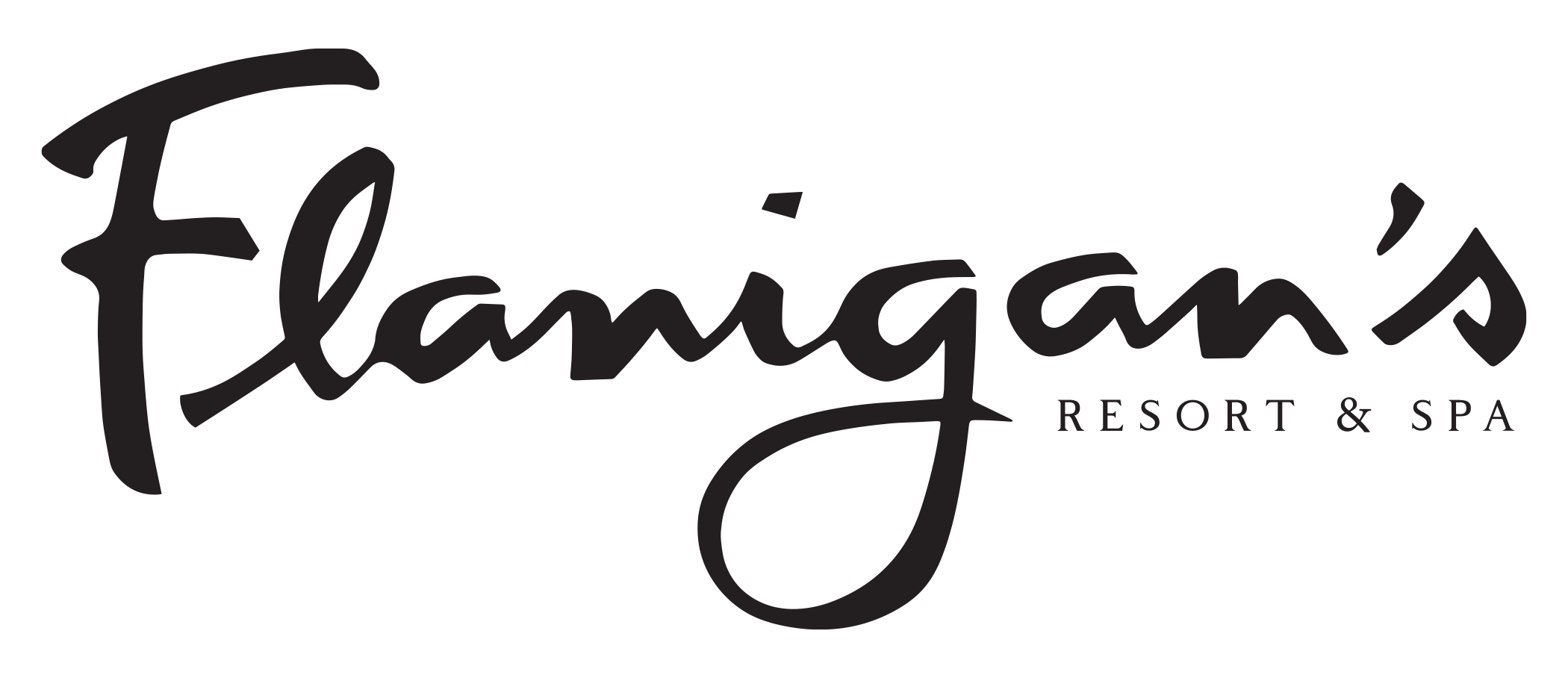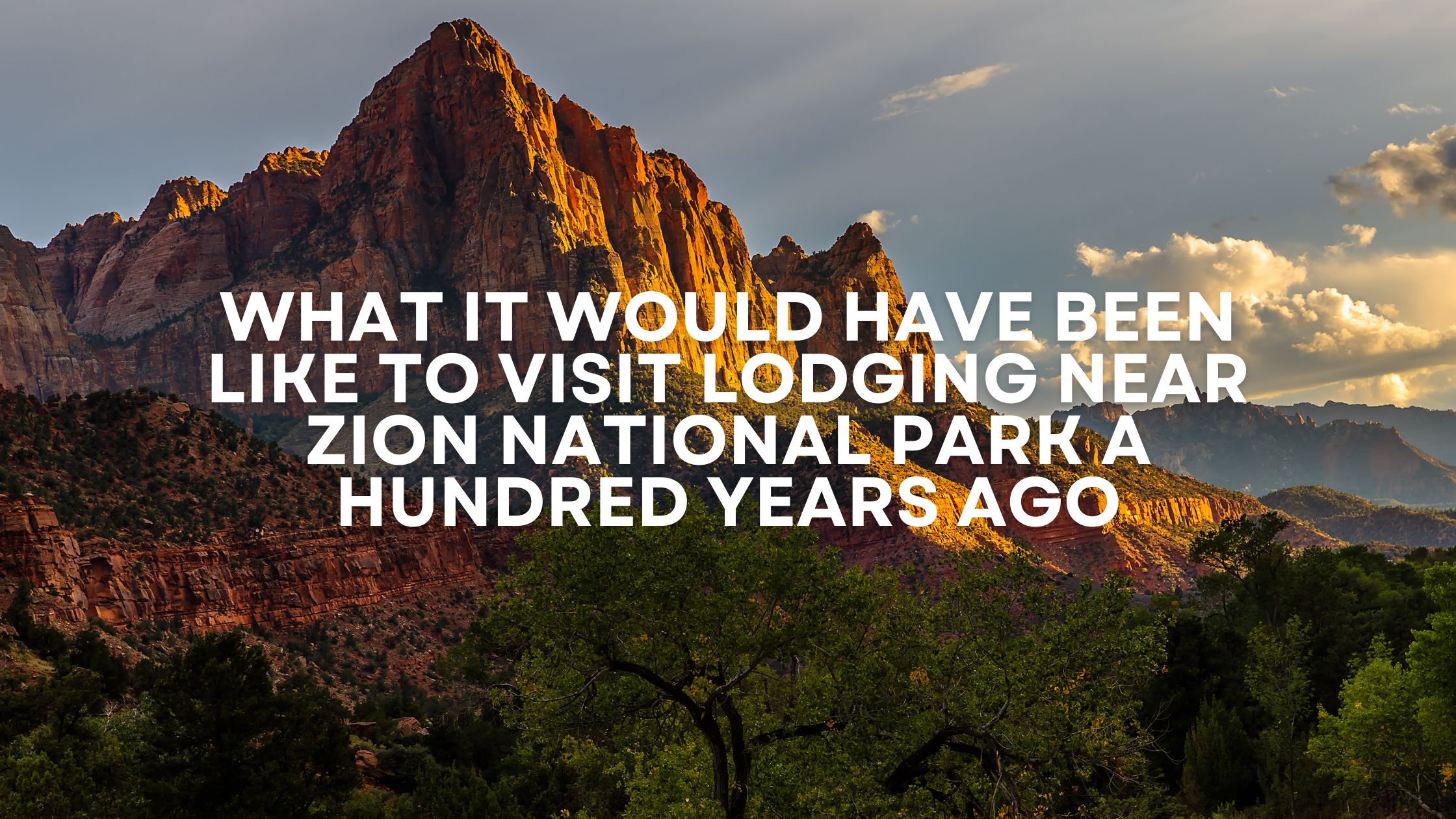In 2019, Zion celebrated 100 years since becoming a national park. Since that time, millions of visitors have passed through the park’s gates, making it one of the most popular national parks in the country.
But the park that visitors saw in 1919 was a far cry from the one that you can experience today. While the towering peaks, gurgling Virgin River, and stunning sunsets remain the same, changes like the creation of the Zion Mt. Carmel Tunnel and various roadways, parking lots, and facilities have altered the landscape of the park.
Outside of the South Entrance, Springdale has also changed. The luxury lodging near Zion National Park, like the beautiful Flanigan’s Resort, that visitors can enjoy today is very different from the early campgrounds that most guests stayed in during the early years of Zion.
Wondering what it would have been like to visit the park 100 years ago? Keep reading to find out just how much has changed in the past century!
Before the National Park
Before the land that is now Zion became a national park, it had been the home and hunting/gathering grounds of Native American tribes for thousands of years. Some twelve thousand years ago, some of the first people to arrive in the park tracked mammoths, camels, and ground sloths across what is now Southern Utah. A few thousand years later, tribes farmed the lush soil near the Virgin River, a welcome reprieve to the deserts just a short distance away.
European explorers arrived in Zion Canyon in the late 1700s. Fur trappers first scouted and mapped the region. They paved the way for later settlers, a group of Mormon pioneers who built the first homestead near where the Zion Lodge is now located in 1863. But flash floods and droughts plagued these early settlers, who later abandoned their homes and farms in search of better conditions.
The National Park is Born
Around the same time that settlers were leaving what is now Zion, photographers and artists were taking note of the incredible landscapes of the Canyon. Some of their work landed at the 1904 World’s Fair in St. Louis, Missouri. They captured the attention of Washington, D.C., and in 1909, President William Taft dedicated the area as Mukuntuweap National Monument. By 1908, residents urged the new National Park Service to change the name to Zion National Monument. Just a year later, it officially became a national park.
Early Days of Zion National Park
When Mukuntuweap National Monument was formed, no paved roads or park facilities had been built. Visitors to the national monument had only the rugged dirt roads cleared by those early farmers to get into the canyon. Because the roads had been created by farmers with limited resources, there were no tunnels, mountain passes, or bridges. This means that getting to and from the monument was a long and difficult journey. At this time, there weren’t even campgrounds, leaving visitors to set up their own primitive campsites during their visit.
The first official lodging near Zion National Park was built a few years after the national monument was formed. Called a Wylie Way Camp, the first campground in the park followed a concept set up at other national parks like Yellowstone and the Grand Canyon. It featured primitive canvas tents for sleeping and dining. It was located close to where the Zion Lodge is located today.
Each tent held two double beds with a canvas wall in the middle for privacy, as well as a separate dressing area. The light was provided with gas lanterns—indoor plumbing, or even outhouses, didn’t exist. Campers ate together in a dining room tent, complete with linen napkins and waiters who served tourists. To get to the camp, visitors could pay for an 8-hour auto tour to and from Lund, where most would catch a train to get there and return home. Once in the park, visitors could rent horses, human guides, or pay for additional auto tours on what little roadways existed in the park.
Staying in Lodging Near Zion National Park Today
Spending a night in a beautiful suite at Flanigan’s Resort is a far cry from a night in an un-airconditioned, electricity-free tent at the early Wylie Camp. But step outside on your balcony to take in the views of Zion’s peaks or to look at the stars late at night, and it’s not hard to imagine what these early visitors to lodging near Zion National Park saw.
Flanigan’s Resort has its own rich history as a destination for visitors to Zion National Park. Before it became the resort guests love today, it was called the Zion Rest Motel. It opened to tourists in June of 1947. At the time, park visitors came almost entirely in the summer months, which made running the resort a challenge. But founders John and Lena Dratter persisted, taking on work in the mines in the off-season and opening their own kitchen to their guests.
Our resort may look different today, but we continue the long-held tradition of welcoming guests and helping them to enjoy the incredible natural scenery that surrounds us. Ready to experience our rich history and that of Zion National Park for yourself? Book your stay at Flanigan’s Resort today.


